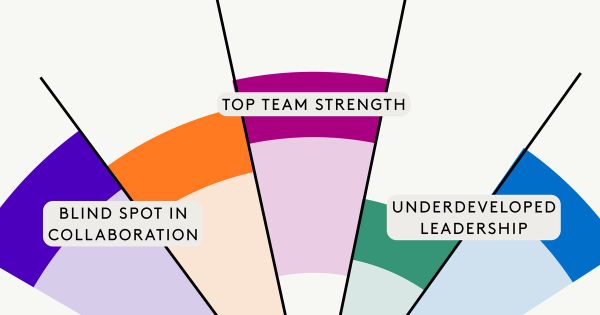Leading employees in a hybrid workforce

One of the most significant legacies of the pandemic is our desire to be free to work where it is practical.
If our work can be done from home, then so be it. The option is still there to go into the office should it be required.
While hybrid working practices are a must for talent retention in some professions, it creates an additional dimension of complexity for learning and development leaders. In a climate where individualised professional development plans are a must, so now is learning that can be done where the employee chooses to learn.
The complexities we face
Learning and development in a hybrid workforce would be simple if the answer were as simple as a Zoom, Teams, or Google Meet. You would set up webinars or interactive tutorials. It would be more convenient, as you could deliver the session more intimately to a much larger group.
The problem? We are fatigued by online meetings, and there is no way to gauge if there is a genuine impact or even if anyone is listening. We crave “in real life” experiences and find the constant resort to an online session uninspiring, even dull.
A singular diet of online delivery does not cater for the choice and differentiation that all educationalists understand to be at the core of good practice. Learning opportunities need to be distinct from the long meetings on a video call of the modern workplace.
If the answer were to make all learning opportunities formal moments to gather, we would do this too. We would switch the workplace dynamic on its head, work remotely, and learn together. Something is appealing in this idea, as learning becomes an event that our teams could look forward to – or see as an expensive and distracting event from the company's daily business.
Coordinated blended delivery
The answer is equally as complex as the dilemma. The best learning and development in a future workplace will likely be a fully integrated model of blended strategies. This is not to say that there will be some online and some face-to-face, which is less blended and more logistics. A blended approach combines what is done online and extends it into face-to-face interactions. What is done alone on the computer is then deepened with experiences in real life.
Most EdTech learning solutions are precious about keeping their learning within the application. It is seen as a failure if the learner drops off to do other things or learn in other ways. Return on investment statistics are based on time spent on an app, number of clicks, number of outcomes completed, and other fancy data points on a dashboard. It is the illusion that time in front of a teacher means you are learning. As we know from childhood in school, this can be far from the case.
When buying an EdTech solution, you need to find the one that encourages the learner to step away from the technology, find out more, and apply what has been discovered in real life. The best solutions show the employee how learn, how these issues and ideas apply to them, and to know how to react and challenge the idea if it isn’t working.
Then, mix this solution into conversations with colleagues. Encourage the learners to share what they have been experimenting with in their work and what the outcomes have been. Create a culture of learning where one colleague is genuinely interested in the progress of another colleague and can share insights on how they might do even better.
More than an EdTech solution
When Entelechy Academy set out to design a product that would solve the skills gap, we didn’t presume that we knew what skills were needed or that we could provide every insight for every skill. Any project that sets out to solve a skills gap by delivering the current catalogue of skills is doomed to failure – because who can possibly predict what the skills demand will be in the future?
What did we do? We saw the solution within the individual. It is not that people do not want to learn new skills; it is that they have not levelled up the Character they need to maximise the insight that exists in the world. We love it when the learner steps away from our solution and experiments with an idea in their day-to-day work and life. Why? Because they are developing the mindset to become the solution to their own skills gap.
We bring together our app with our philosophy about learning culture, and combine it with our love of real-life learning and how this can be blended with our technology. Fancy learning more? We’d love to show you what it’s all about.
You may also like

Summer Break: A Guide for Graduates

